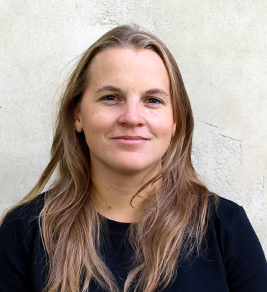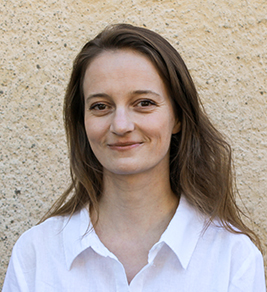The aim of this project is to explore current Nordic planning practices and strategies to enhance small town attractiveness.
Urban attractiveness is a highly subjective value. As Hidman (2018) points out: “[Attractiveness?] What is the term intended to mean? How is the term understood in local contexts? How is the term transformed into buildings, parks, squares, streets, homes and other built environments?”
In this project, we examine smaller Nordic towns that are considered attractive places to live and work in by the many. However, attractiveness has been studied from many angles in the Nordic countries over the years. In smaller town studies, employment opportunities are often in focus. Here, we explore a different emphasis, focusing on town characteristics that attract and retain population outside of work hours, which can be influenced through urban planning. More precisely, we explore the nexus Public space – Housing – Connectivity.
Public space concerns the outline of urban space and architecture, services and living town centers, leisure and culture as well as blue-green infrastructure. When it comes to housing, a diverse and qualitative housing supply that fits present and future populations and its strategic localization is in focus. Digital and physical connectivity is important both within the town and with other towns and rural areas. Tying it all together, the connections between housing, public space and workplaces/schools that makes the urban structure are important. The project will explore current discussions on attractivity in the five Nordic countries and illustrate these with case studies of five towns.




